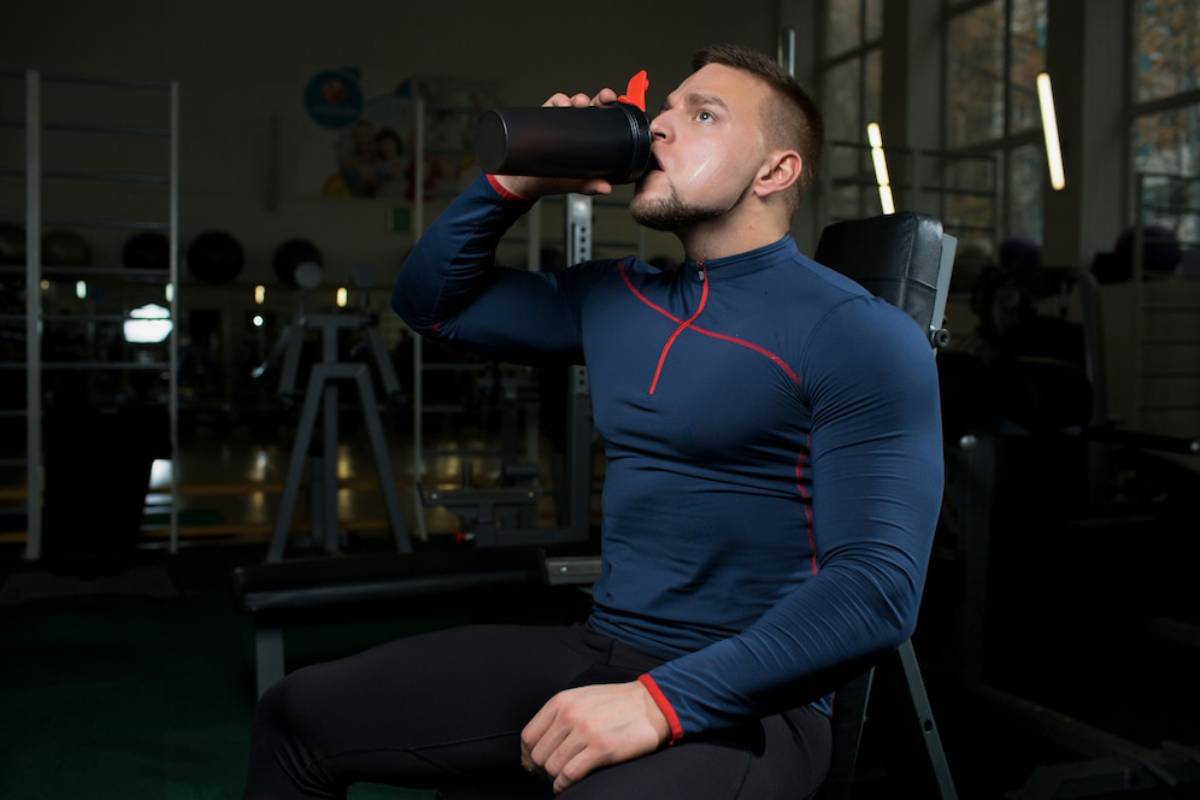The Fitness Blog

Progressive Overload: Key to Continuous Muscle Growth
Building muscle goes beyond lifting weights. It’s about pushing your body to adapt and grow. Progressive overload plays a key role in muscle growth, no matter your lifting experience.
This article covers progressive overload, mistakes to avoid, and tips to boost strength gains.
Understanding Progressive Overload
What is Progressive Overload?
Progressive overload means slowly increasing the stress on muscles during exercise. This approach helps stimulate muscle growth and build strength. By making workouts harder over time, muscles adapt and become stronger.
The Science Behind Muscle Growth

Muscle hypertrophy occurs when muscle fibres undergo microscopic damage during resistance training. The body repairs and strengthens these fibers. This makes them larger and tougher. Without increasing the training stimulus, muscle growth stagnates, leading to plateaus.
There are two primary types of hypertrophy:
- Myofibrillar Hypertrophy: Increases muscle fiber density and strength.
- Sarcoplasmic Hypertrophy: Increases the muscle’s energy storage capacity, leading to larger-looking muscles.
Understanding these mechanisms helps tailor training programs for both strength and size gains.
Key Principles of Progressive Overload
1. Increasing Resistance
Lifting heavier weights over time is the most common way to apply progressive overload. If you always lift the same weights, your muscles won’t get enough challenge to grow. The standard recommendation is to increase weight by 2.5–5% once your current load becomes too easy.
2. Increasing Repetitions or Sets
Adding more reps or sets boosts your total workout volume. This can improve muscle endurance and growth. A typical strategy is to increase reps before increasing weight. For example, if you’re lifting 50 kg for 8 reps, aim for 10 reps before adding more weight.
3. Enhancing Training Intensity
Intensity isn’t just about lifting heavier; it includes techniques like:
- Shortened rest periods: Less time between sets keeps muscles working harder.
- Slower Tempo: Slowing down the eccentric phase (lowering phase) enhances time under tension.
- Drop Sets: Keep going with lighter weights after hitting failure with a heavier load.
- Supersets: Performing two exercises back-to-back with minimal rest to intensify muscle activation.
4. Improving Exercise Efficiency
Improving form and mind-muscle connection boosts muscle activation. This leads to better results, even without adding more weight. Visualisation techniques and slow, controlled reps maximise effectiveness.
Common Mistakes in Progressive Overload
1. Progressing Too Quickly
Adding too much weight too soon increases the risk of injury. Progress should be gradual and controlled. A safe rule of thumb is to increase weight by no more than 5% per week.
2. Ignoring Recovery
Muscles grow during recovery, not just during workouts. Lack of rest and nutrition can hinder progress. Overtraining without adequate rest can lead to:
- Increased injury risk
- Plateaus in strength gains
- Chronic fatigue
3. Neglecting Proper Form
Poor form reduces effectiveness and increases injury risk. Always prioritise technique over heavy weights. If the form starts breaking down, it’s a sign that the weight is too heavy.
Practical Strategies to Implement Progressive Overload
1. Track Your Workouts
Keeping a training log helps monitor progress and identify when to increase intensity. Tracking includes:
- Weights lifted
- Reps and sets completed
- Rest periods
- Subjective effort level (RPE – Rate of Perceived Exertion)
2. Use Periodization
Structured variations in intensity and volume prevent plateaus and optimise long-term gains. Common periodisation models include:
- Linear Periodization: Gradual increase in weight over time.
- Undulating Periodization: Varying rep ranges and intensities throughout the week.
- Block Periodization: Training in specific phases (strength, hypertrophy, endurance, etc.).
3. Incorporate Progressive Overload in Different Training Styles
- Strength Training: Use low reps (3-6) and heavier weights. This boosts neuromuscular efficiency.
- Hypertrophy Training: Aim for moderate reps (6-12) with controlled tempo for muscle size gains.
- Endurance Training: Perform high reps (12-20) with little rest. This helps boost muscular endurance and conditioning.
4. Prioritize Compound Movements
Squats, deadlifts, and bench presses work many muscle groups. This helps maximise overload potential. Compound movements:
- Enhance overall strength
- Stimulate greater muscle growth
- Improve functional fitness
5. Implement Advanced Training Techniques
- Rest-Pause Training: Performing additional reps after a short rest period.
- Cluster Sets: Breaking sets into smaller clusters with brief rests.
- Time Under Tension (TUT): Slowing down reps to maintain tension on the muscle longer.
The Role of Nutrition and Recovery
1. Protein Intake for Muscle Repair

Protein supports muscle recovery and growth. Aim for 1.6–2.2g of protein per kg of body weight. Optimal protein sources include:
- Lean meats (chicken, turkey, fish)
- Eggs and dairy
- Plant-based proteins (lentils, beans, tofu)
2. Sleep and Recovery
Adequate sleep (7-9 hours per night) is crucial for hormone regulation and muscle repair. Poor sleep can lead to:
- Reduced muscle protein synthesis
- Increased cortisol levels (stress hormone)
- Slower recovery from workouts
3. Deload Weeks
Periodic reduction in training intensity allows for recovery and prevents overtraining. Deloading can involve:
- Reducing weight by 40-50% for a week
- Performing fewer sets and reps
- Focusing on mobility and flexibility work
4. Hydration and Supplementation
Proper hydration is crucial for performance and recovery. Supplements such as creatine, BCAAs, and omega-3 fatty acids boost muscle growth and lower inflammation.
Psychological Aspects of Progressive Overload
1. Mindset and Consistency
Progressive overload requires a growth mindset. Consistency is more important than lifting the heaviest weights every session.
2. Avoiding Burnout
Listening to your body and incorporating rest days prevents mental and physical fatigue. Signs of burnout include:
- Decreased motivation
- Persistent soreness
- Poor performance in workouts

Conclusion: Key to Continuous Muscle Growth
Progressive overload is the bedrock of muscle and strength gains. To boost your results, always raise the challenge. Focus on resistance, reps, intensity, or efficiency. This approach moves you ahead, making sure your progress aligns smoothly with your goals.









